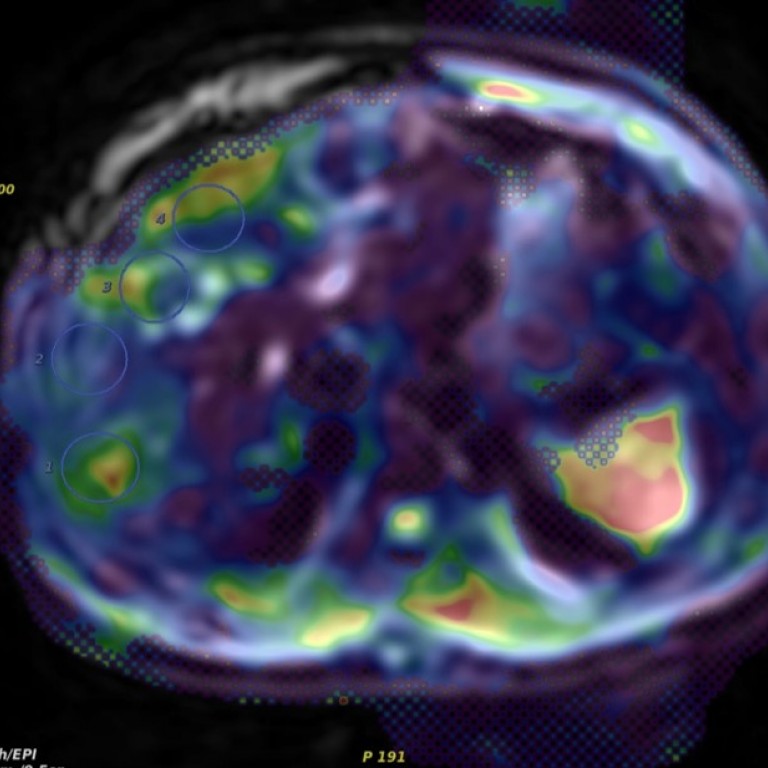Interview of Dr. Mohamed Shaif Yusufishaq Third-Year Radiology Resident by Dr. Lindsay Yang Third-Year Radiology Resident at the University of Chicago Medicine.
Tell us a bit about yourself (where you grew up and your journey into medicine).
I grew up in Des Plaines, so right here in a suburb of Chicago. As a first-generation college student, I attended Case Western Reserve University and completed my medical education at the University of Illinois College of Medicine at Peoria.
I had always been interested in science, and medicine appealed to me because it had a direct measurable impact on patients’ health and outcomes. I did get a job as a software consultant for a year before medical school to see an alternative, but the culture was more focused on career advancement and financial improvement rather than on intellectual fulfillment. When I entered into medicine, I found that in people who would push themselves to be better in any expertise.
What challenges did you encounter during the journey through college and medicine as a first-generation college student?
Along the way, there were a few cultural challenges that others may take for granted and that I had to learn to navigate on my own. For instance, regarding professional behavior, there were simple things like learning how to tie a tie. Or, for a college interview at a coffee shop, it did not occur to me to review my CV beforehand and print out my application for the meeting. These things made me feel uncomfortable afterward, but I learned through a combination of experience and online posts.
Why did you choose Radiology?
I had initially chosen Surgery but changed to Radiology after my intern year. I like how in Radiology you can put together the pieces of a puzzle to find a diagnosis. In Radiology I also enjoy the cognitive rigor in practicing medicine.
What are your thoughts on DEI in the medical field and Radiology specifically?
Often there can be many factors outside of our department contributing to there being less URiM in medicine and in Radiology. One of the pieces is to ensure that the culture we foster is one that would make people feel comfortable. Being cognizant of our conversations can help create an environment that would make others comfortable joining Radiology. When someone walks through the door, they should be welcome with open arms.
How do you think UCM can improve recruitment of URiM into the medical field?
Radiology can do a better job of advocating for itself within medicine and the community as a whole. At a Level 1 trauma center, radiologists and especially residents are a huge service to the community at large. I do not think there is an understanding in medicine and the community in general of how important our role is in taking care of the South Side community. If we do a better job of communicating how critical we are in contributing to the care of these patients, people who have a desire to help communities like the one we serve may be more attracted to the field.
As a future Radiologist training at a prestigious institution, what advice would you give to other URiM to boost their academic and professional opportunities?
Going back to the sense of discomfort I had in a lot of situations, you are bound to feel imposter syndrome. However, you cannot learn or improve if you are not uncomfortable. I would say to welcome the discomfort because you might learn something that might serve you in the future.



